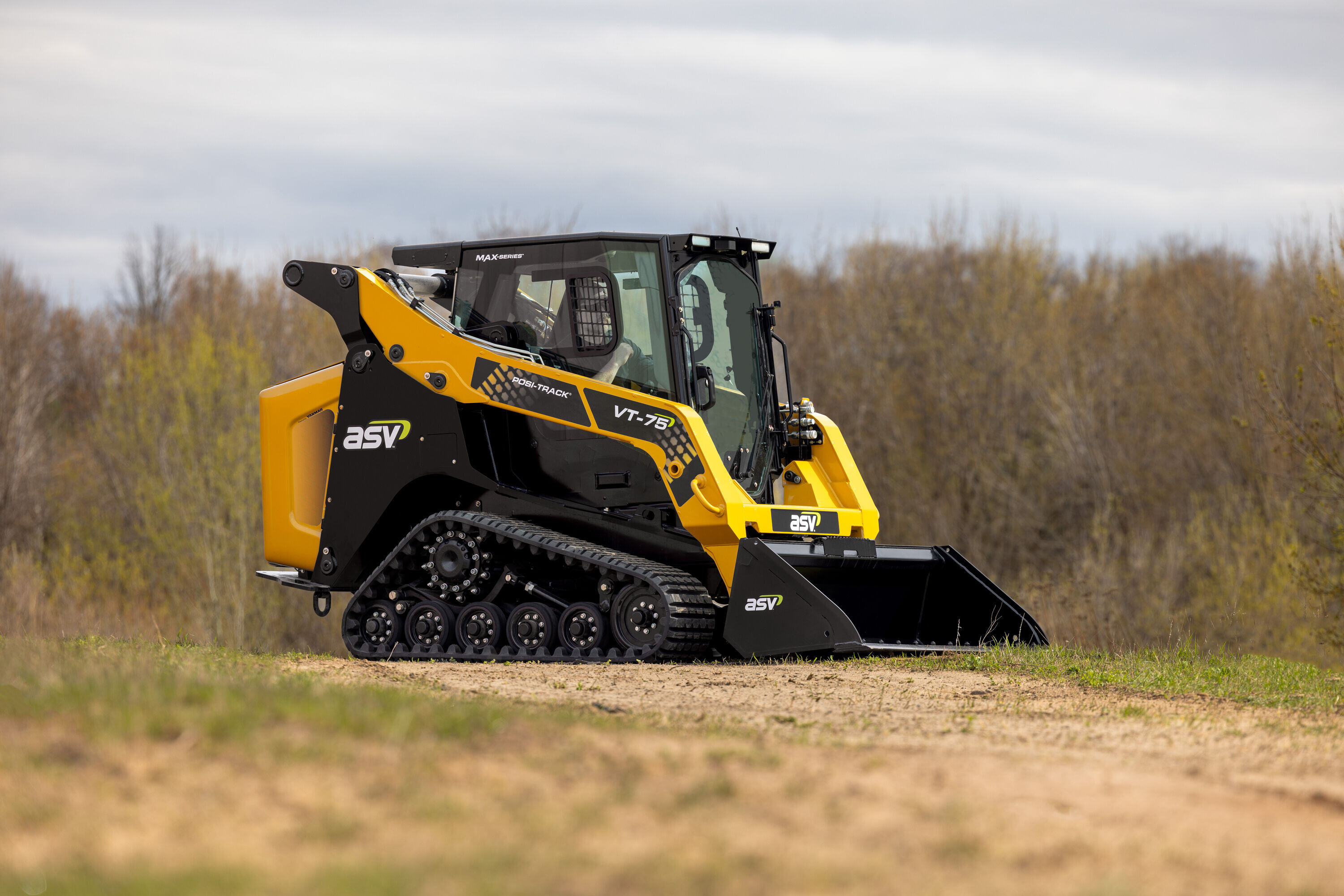Intentional Diversification
Brooke Inzerella on Choosing the Right Services for Your Team
Florida Grower John Conroy Interviews Laurie F. Hall with CHW Professional Consultants About the Importance of Planting the Right Tree in the Right Place
 John Conroy is president, founder and owner of Fish Branch Tree Farm, a family-run company with 350 employees. In 2019, FNGLA awarded him Educator of the Year for his work on the state’s grading process, his dynamic curriculum for landscape architects and his contribution to the Department of Transportation.
John Conroy is president, founder and owner of Fish Branch Tree Farm, a family-run company with 350 employees. In 2019, FNGLA awarded him Educator of the Year for his work on the state’s grading process, his dynamic curriculum for landscape architects and his contribution to the Department of Transportation.
In this article, John interviews Laurie F. Hall about the importance of planting the right tree in the right place. Laurie is director of landscape architecture for CHW Professional Consultants in Alachua, Florida, where over the last 15 years she has been involved in a wide range of commercial, multi-family residential, community planning, and campus projects throughout the South.
 Laurie is director of landscape architecture for CHW Professional Consultants in Alachua, Florida, where over the last 15 years she has been involved in a wide range of commercial, multi-family residential, community planning, and campus projects throughout the South. CHW Professional Consultants is a multi-disciplinary design firm offering landscape architecture, design, planning, civil engineering, survey and construction engineering services throughout projects in the Southern US.
Laurie is director of landscape architecture for CHW Professional Consultants in Alachua, Florida, where over the last 15 years she has been involved in a wide range of commercial, multi-family residential, community planning, and campus projects throughout the South. CHW Professional Consultants is a multi-disciplinary design firm offering landscape architecture, design, planning, civil engineering, survey and construction engineering services throughout projects in the Southern US.
.png?width=1724&height=1066&name=Hotel%20ELEO%20in%20Gainesville%2c%20Florida%20(3).png) UF Health Garden ©Kevin Ruck
UF Health Garden ©Kevin Ruck
John: How do you navigate codes and ordinances for each job site?
Laurie: Codes and ordinances play an important role in the design process, especially when working on urban design projects such as streetscape projects or urban infill projects. Not only do codes help ensure the health, safety and welfare of the public, they should also reflect the goals and vision for the local community. As a landscape architect, it is critical to be able to interpret how these codes translate into the built environment and understand our role in ensuring the community’s goals are met, especially relating to the urban forest. Code language can have a dramatic impact on the quantity, location, types and the overall success of the trees we plant and the projects we design, so we start each project with a thorough understanding of both the owner’s goals for their project as well as the applicable codes and site conditions.
Sometimes the need to meet other requirements can make planting trees difficult, site constraints can stifle design, and/or existing conditions can leave us with limited options to meet the municipality’s requirements. Thus, it is important throughout the design process to coordinate and engage with the other design consultants, project stakeholders, and city/county staff to ensure there is proper coordination and communication.
"With communication comes understanding, compromise, and a greater likelihood of long-term success of our urban forest."

University of Florida Civic Spaces Concepts
John: What considerations are critical for the economic and social values of the proposed landscape?
Laurie: There are many considerations that impact the economic and social values of a landscape. As we all know, our landscapes are living—and constantly changing—components of our communities. One important consideration is understanding the community’s ability to establish and care for the landscape over the long term. If a community has limited resources and is unable to maintain the level of landscape that is being proposed, it will be difficult to achieve long-term success. Street trees also play a critical role in the design of our urban spaces. Besides the many important environmental benefits they provide, they help define our streetscapes and other urban spaces. They serve an important role to create a sense of community, increase property values, and provide numerous health benefits.
John: How do you accommodate for root systems?
 Laurie: Accommodating for root systems should always start with planting quality trees. It is encouraging to see more municipalities requiring higher standards for plant material and requiring inspections during the installation of projects. If we start with poorly grown trees, we will encounter problems that can be difficult to overcome. With quality trees, and quality root systems, there are many options, or technologies, that allow for trees' roots in urban applications. The use of structural cell systems, suspended sidewalks, and/or structural soils can often be beneficial by providing greater space for a tree's root system to spread out while also providing necessary support for adjacent hardscapes and infrastructure. Instead of trees simply being planted in small openings surrounded by poor, compacted soils, these types of systems allow for more soil volume, less soil compaction and a more favorable environment for our urban forest.
Laurie: Accommodating for root systems should always start with planting quality trees. It is encouraging to see more municipalities requiring higher standards for plant material and requiring inspections during the installation of projects. If we start with poorly grown trees, we will encounter problems that can be difficult to overcome. With quality trees, and quality root systems, there are many options, or technologies, that allow for trees' roots in urban applications. The use of structural cell systems, suspended sidewalks, and/or structural soils can often be beneficial by providing greater space for a tree's root system to spread out while also providing necessary support for adjacent hardscapes and infrastructure. Instead of trees simply being planted in small openings surrounded by poor, compacted soils, these types of systems allow for more soil volume, less soil compaction and a more favorable environment for our urban forest.
John: What is involved in planning for utilities?
Laurie: Often the things you do not see create the most challenging constraints on a project. Most people don’t fully understand just how much utility infrastructure is located below ground in an urban environment. Just because we can’t see this infrastructure, doesn’t mean it’s not there. Our public streetscapes are often a maze of utilities that crisscross each other beneath our community’s streets and sidewalks. These utilities may be existing or proposed, above or below ground, and may require regular or emergency maintenance. Some municipalities have strict setbacks for specific species that are allowed—or not allowed—adjacent to their infrastructure. It is often difficult to find locations to plant street trees and meet the required setbacks from utilities. As with some code requirements, it is important to find creative ways for trees and utilities to co-exist, starting with a shared understanding that are both important and valuable assets of our communities. Where utilities are new, they should be designed with the trees in mind to allow adequate space for both. Where utilities are existing or space is limiting, appropriate tree species should be selected and placed to provide proper separation but not sacrificing the urban forest.

John: How does biodiversity affect your decision making?
Laurie: Biodiversity is important for both the health of our urban forests as well as the aesthetics of the spaces we design. An urban forest must be resilient to new pests and diseases, and one of the best ways to accomplish this is through diversity. We cannot just rely on one or two genera or species, but we must thoughtfully include a variety of tree species. Depending on the design goals of the project, a diverse plant palette can also provide interest through fall or spring color, deciduous or evergreen, and different sizes, colors and shapes of trees. That said, it is also critically important to select species that are hardy enough to thrive in the somewhat hostile environment of an urban landscape. These trees need to be able to adapt to the limited space, compacted soils and unfavorable microclimates often encountered in an urban landscape.

John: How do you accommodate for pedestrian and vehicular traffic in your design?
Laurie: Particularly in urban areas, streetscapes should be designed as vibrant, multi-modal corridors that accommodate pedestrians, bikes, public transit and cars. The addition of street trees, enhanced paving and site furniture can help to define the pedestrian zones, slow traffic and beautify a corridor. Trees specifically play a very important role in providing shade and softening the built environment, which increases use and comfort for pedestrians. Trees bring value and beauty to our urban streetscapes, but planting trees along roadways must be done safely and in accordance with all applicable design standards and regulations to ensure the safety of all users.
 Hotel ELEO in Gainesville, Florida ©Kevin Ruck
Hotel ELEO in Gainesville, Florida ©Kevin Ruck
Industry Insights With John Conroy is a regular feature in Pro Landscaper USA South. John Conroy is president, founder and owner of Fish Branch Tree Farm, a family-run company with 350 employees. In 2019, FNGLA awarded him Educator of the Year for his work on the state’s grading process, his dynamic curriculum for landscape architects and his contribution to the Department of Transportation.

Brooke Inzerella on Choosing the Right Services for Your Team

GRAND RAPIDS, Minn. (Aug. 6, 2024) — ASV, an industry-leading brand of all-purpose and all-season compact track loaders and skid steers, introduces...